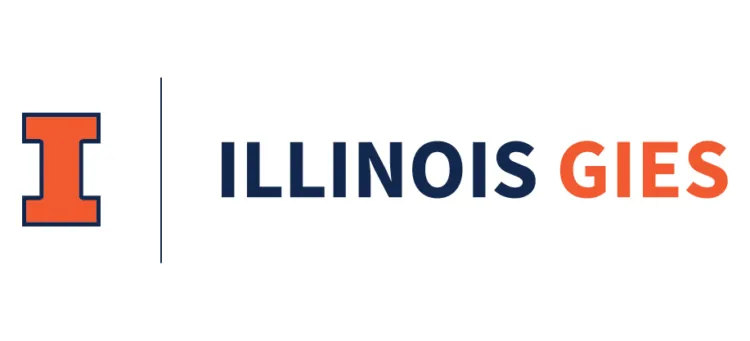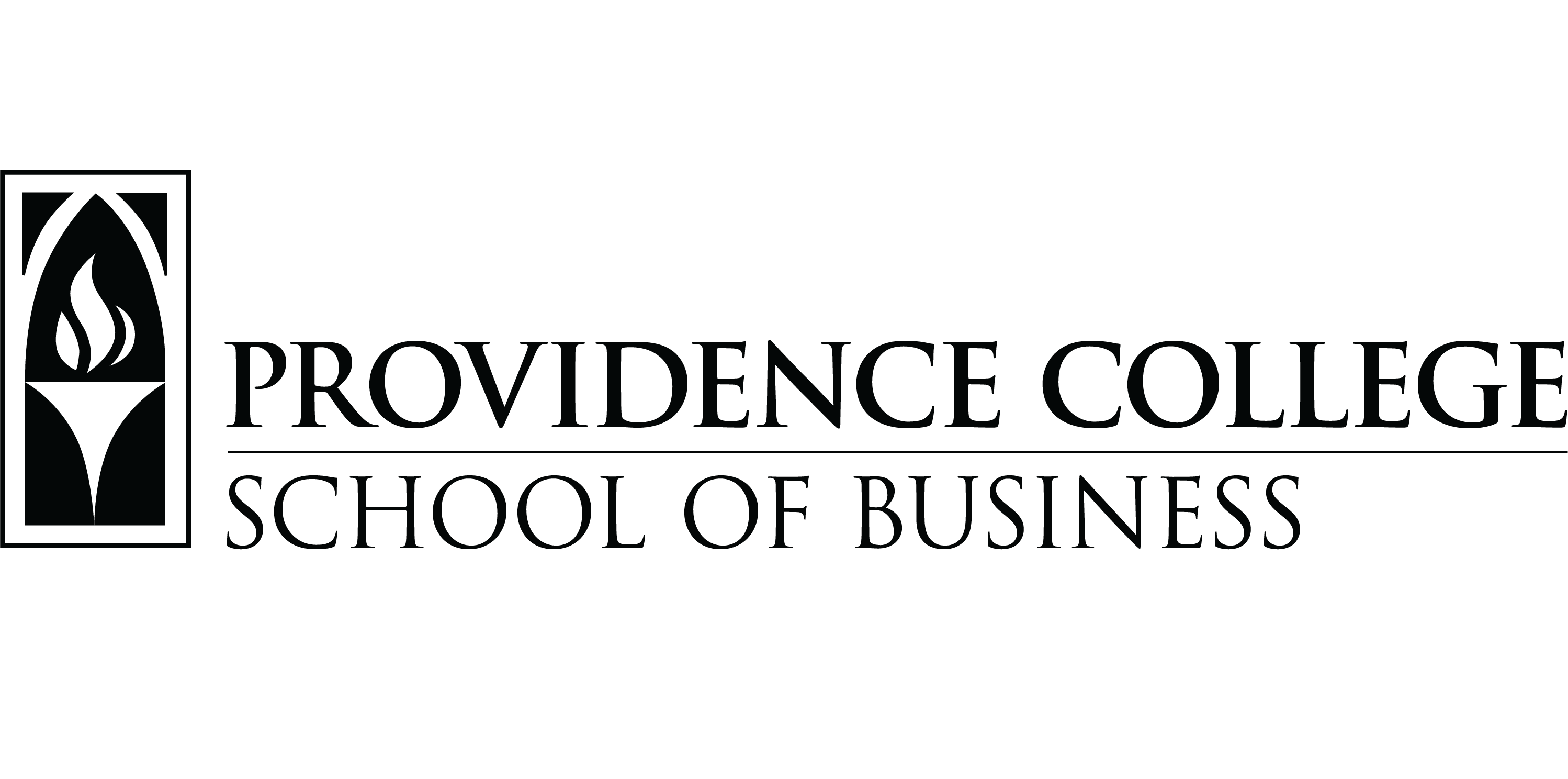
For tens of millions Americans, student loan debt is a major pain. The 45 million Americans currently navigating paying off federal student loans have a collective $1.5 trillion in debt, a total that climbs every year. Even so, an undergraduate degree is one of the most important contributors to financial stability and achieving a higher socio-economic level — and that makes attending an elite business school a sound decision if either goal is a priority.
Of course, debt continues to be a major concern for would-be students, current students, and former students. One of its causes is the rising cost, everywhere you look, of tuition. Total cost for attending 51 of the 88 schools on this year’s P&Q Best Undergraduate Business Schools is at least $200K. The upshot is that attending a university in the United States is a massive investment for many young adults and their families. But it can also be a savvy investment, and there are many ways to measure the return-on-investment of a college degree. We believe the best way is to take the average starting salary of the most recent graduating class, multiply it by five (for five years of work), and subtract from that number the total estimated cost for attending the school for four years. For example, if the average starting salary for a school is $50,000, and the total cost of attending the school for four years is $200,000, the five-year ROI would be $50,000.
Using this method, the business school currently offering the best ROI on a degree is the University of Virginia’s McIntire School of Commerce. With a 2018 average starting salary of $75,068 and a total cost for in-state students of $133,598, the five-year ROI total is $241,742.
PUBLICS OUT-ROI PRIVATES
Attending an in-state school is the best bet for students looking to avoid or quickly pay off pesky student loans. Following Virginia with a five-year ROI of $237,474 is the University of Michigan’s Ross School of Business. The University of North Carolina’s Kenan-Flagler Business School follows with $232,083, and the University of California-Berkeley Haas School of Business and University of Texas McCombs School of Business round out the top five with $225,478 and $223,823, respectively.
Of the 88 ranked schools that submitted employment and total cost data, 10 have a five-year ROI of at least $200K. The first private school to show up on the ranking is Brigham Young University’s Marriott School of Business, which is 10th on the list and has the lowest four-year total cost of all schools at $75,344. The average across all 88 schools considering both in-and out-of-state costs of attending is $110,520.
SCHOOLS AT THE BOTTOM OF THE ROI LIST: MOSTLY PRIVATE
This year, only two schools are still in the red five years after graduation (last year with 82 ranked schools, the number was four). However, for two straight years, Hult International Business School sits at the bottom of the five-year ROI ranking. With an average starting salary of less than $35,000 and a total cost of $268,400, Hult has a five-year return of -$94,680. The other school with a negative return after five years is the University of St. Thomas, in Minneapolis, Minnesota, at -$2,782. Whereas large public universities comprise the vast majority of schools with the best five-year returns, private colleges and universities make up the majority of the bottom 15. Out-of-state students at the University of California-Irvine Merage School of Business make up the only public university population on the bottom 15.
We also took the average starting salaries at all schools and multiplied them at five, 10, 15, 20, 25, and 30 years of work. At 30 years out, the total tops $1 million for all ranked schools. The 30-year total tops $2 million at 15 schools. The two highest-earning schools are New York University’s Stern School of Business and The Wharton School at the University of Pennsylvania. Both schools reported average starting salaries higher than $80K for their 2018 graduating classes. At that rate, graduates can expect to earn more than $2.4 million over three decades. Of course, this number is unlikely to remain static. In most cases, graduates will make much more as promotions, raises, and salaries compensate for inflation. But with starting average salaries as the only factor, the average 30-year total across all 88 ranked schools is just under $1.8 million.
There are some obvious limitations to this data. First, large percentages of students won’t be paying the actual sticker price for a college degree. Grants and scholarships do exist, and generally speaking there are more and in larger quantities at private universities with bigger endowments. Next, the five-year salary total is based on the average of the Class of 2018. Obviously, with an average, there will be many students making more or less. Plus, year-end bonuses and signing bonuses — as well as raises and promotions — make returns better.
Bottom line: Across the board, an undergraduate business degree has the potential to be a very lucrative investment. Choose wisely.
(See the following pages for total five-year ROI at all top 88 Best Undergraduate Business Schools and projected returns as far out as 30 years.)











Questions about this article? Email us or leave a comment below.